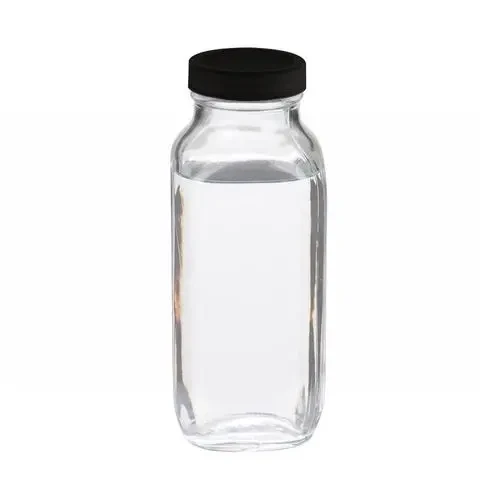PAM Chemical for Water Treatment An Overview
In the realm of water treatment, various chemicals play crucial roles in purifying and ensuring the safety of water for human consumption and industrial use. One prominent agent that has gained attention over the years is Polyacrylamide (PAM). This polymer is extensively used in water treatment processes due to its unique properties and effectiveness in various applications.
What is PAM?
Polyacrylamide is a synthetic polymer formed by the polymerization of acrylamide monomers. It appears as a white powder or granule and is water-soluble. PAM comes in several forms, including anionic, cationic, and nonionic variants, making it versatile for different applications. The choice of PAM type depends on the specific requirements of the water treatment process, including the nature of the contaminants and the characteristics of the water.
Mechanism of Action
PAM functions through a process called flocculation, which involves the aggregation of particles in water. During the water treatment process, when PAM is added to water containing suspended solids, the polymer molecules interact with the particles. This interaction causes the particles to clump together, forming larger aggregates known as flocs. These flocs are easier to remove from water, either through sedimentation or filtration, resulting in cleaner and clearer water.
Applications in Water Treatment
1. Municipal Water Treatment PAM is widely used in municipal water treatment facilities to improve the quality of drinking water. It helps in removing turbidity, organic matter, and sediments, ensuring compliance with regulatory standards.
pam chemical for water treatment

2. Wastewater Treatment In industrial contexts, PAM is utilized in wastewater treatment processes to enhance the removal of pollutants. It effectively aids in the dewatering of sludge, which is crucial for minimizing volume and facilitating disposal.
3. Oil and Gas Industry PAM is also employed in the oil and gas sector, where it plays a role in enhancing the efficiency of water flooding and improving the quality of produced water. Its ability to aid in the separation of oil from water contributes to more effective resource recovery.
4. Agricultural Applications In agricultural settings, PAM can improve irrigation efficiency and reduce erosion. By enhancing soil structure and reducing runoff, it helps in maintaining soil moisture and minimizing water loss.
Environmental Considerations
While PAM has proven effective in many applications, it is essential to consider its environmental impact. The safety of PAM use in water treatment has been a topic of discussion, especially concerning the potential release of acrylamide, a toxic compound. However, when used appropriately and in accordance with regulatory guidelines, PAM is generally considered safe for various applications. Continuous research and technological advancements are essential to monitor and mitigate any potential risks associated with its use.
Conclusion
Polyacrylamide is a key player in the water treatment industry, known for its flocculating properties and versatility across various applications. Its effectiveness in municipal and industrial water treatment, as well as in agricultural practices, underscores its importance in ensuring safe and clean water. As the demand for clean water continues to grow, the role of PAM and similar chemicals will remain significant in addressing water quality challenges. Ongoing research and responsible usage will be vital to balancing the benefits of PAM with environmental considerations, ultimately contributing to sustainable water management practices.

